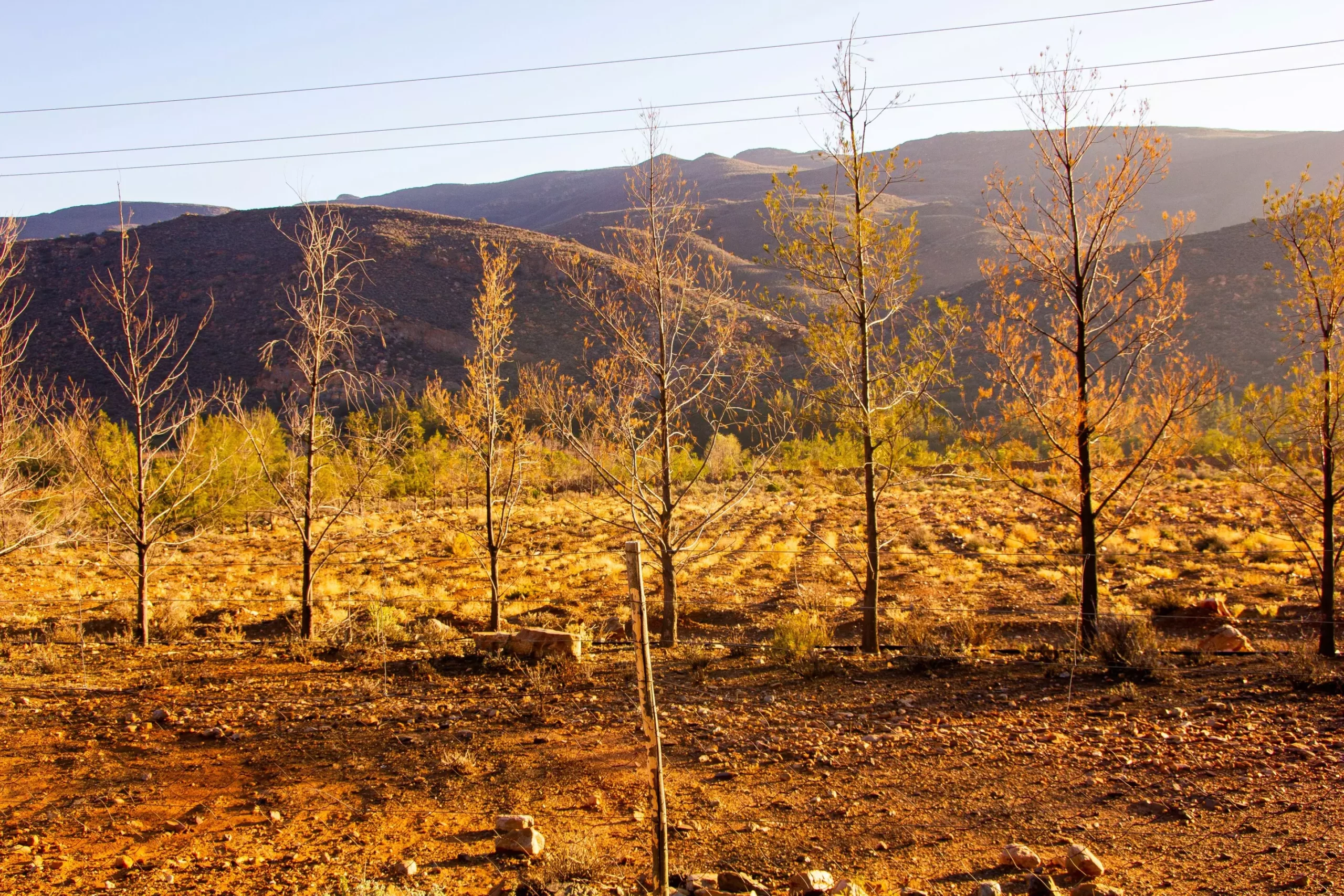Recent research presents a stark and alarming picture of climate variability across North America, emphasizing a troubling shift towards extreme weather patterns. As revealed by scientists at The Ohio State University, the current climate trends exhibit profound disparities between regions, highlighting a severe drought in the American Southwest and Mexico juxtaposed with increasingly wet years in the Northeast. The study spans centuries of climate data and forecasts what could unfold by the year 2100, raising concerns about the sustainability of water resources and agricultural practices across the continent.
Climate change is proving to be a disruptive force, resulting in precipitation patterns that deviate dramatically from historical norms established prior to industrialization in the mid-19th century. The research led by James Stagge and his team meticulously analyzed precipitation data sourced from modern observations, historical tree rings, and climate modeling, leading to a coherent narrative about the nature of rainfall extremes now and in the future. This analysis not only underscores the seriousness of climate fluctuations but also serves as a critical warning for resource management as the variability increases.
The study’s findings paint a vivid picture of contrasting regions in North America. The American Southwest and much of Mexico are expected to face ongoing declines in moisture levels during all seasons. This extended dryness contributes to concerns over agricultural viability and the sustainability of water supplies. Conversely, the Northeast, with states such as Ohio included, is anticipated to experience wetter conditions, particularly during winter and early spring months. This dynamic gives rise to a pattern where the Southwest becomes increasingly parched, while the Northeast witnesses a surge in precipitation.
The variability witnessed in the middle of the United States, where both drought and pluvial occurrences swing significantly, poses additional challenges. The interplay of dry years followed by potential pluvial extremes complicates water resource management. As Stagge aptly notes, planning for these fluctuating conditions is exceedingly difficult, introducing uncertainty for farmers, city planners, and water management officials alike.
Unlike attribution studies that narrowly focus on human-influenced extreme weather events, this research takes a broader view, examining secular trends in drought and pluvial extremes both before and after industrialization. By juxtaposing two distinct periods—recent decades marked by elevated greenhouse gas concentrations and previous centuries of natural variability—the researchers delineate significant changes in climate behavior. The stark realization that modern fluctuations are not merely a continuation of natural cycles but rather represent a larger narrative driven by human activity enforces the urgency with which this phenomenon must be addressed.
To substantiate their claims, the researchers harmonized information gathered from diverse sources: contemporary precipitation data, tree ring analyses that reveal historical climates, and predictive climate models. This multi-source approach enriches the study’s robustness, helping validate observed trends. Significant findings emerge when patterns are evident across multiple datasets, enhancing confidence in the conclusions reached.
The ramifications of these shifting precipitation patterns extend beyond environmental concerns; they carry significant implications for agriculture, construction, urban planning, and water resource management. Regions sensitive to these oscillations may find themselves grappling with the challenges of droughts and floods, which can disrupt crops, affect supply chains, and hinder construction timelines. The prospect of increasingly tight water supplies in the Southwest complicates agricultural businesses that rely on consistent precipitation. Meanwhile, areas experiencing sudden excess rainfall may require swift infrastructural adaptations to handle heightened runoff and prevent urban flooding.
As Stagge explains, there is a pressing need for comprehensive planning and a solid understanding of impending changes. Decision-makers, including government agencies and urban planners, must leverage scientific findings to anticipate future conditions adequately. This collective acknowledgment of our evolving climate landscape is aligned with the overarching goal of addressing climate change, although the road to meaningful change in policy and behavior is long and convoluted.
The dynamics of precipitation change in North America exemplify the escalating impact of climate change. With increasingly severe droughts in some regions countered by intense wet periods in others, society must adapt proactively to these realities. This calls for heightened awareness and concerted actions across all sectors, recognizing that we are standing on the precipice of a new climatic era. Only by embracing a comprehensive understanding of these patterns can we create resilient strategies to mitigate the impacts of these climatic extremes on our ecosystems, communities, and economies. Addressing climate change is imperative, and it’s time to take immediate and effective measures toward a sustainable future.


Leave a Reply